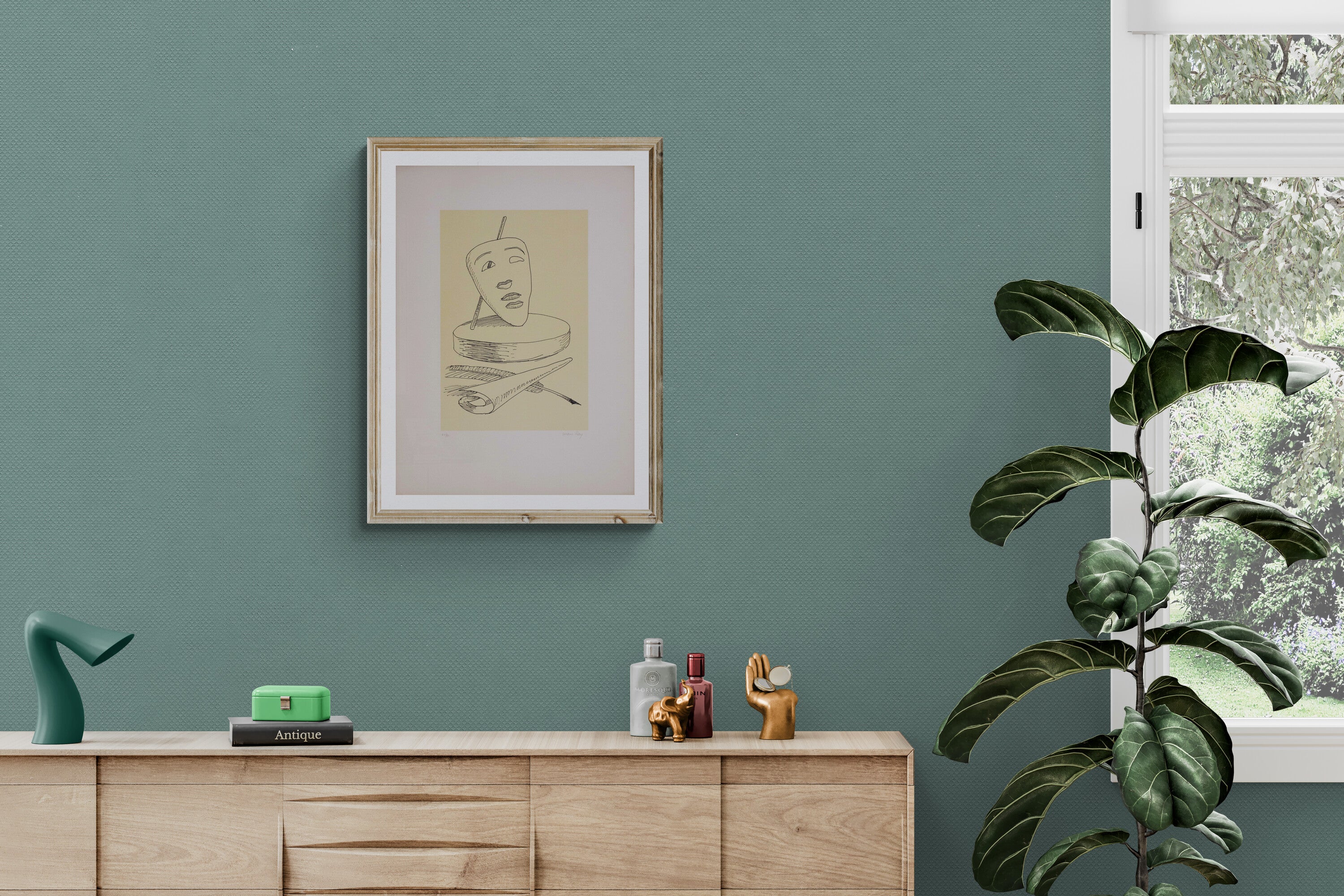Norman Bluhm biography
- NORMAN BLUHM PAINTER

Norman Bluhm was an American artist among the leading exponents of abstract expressionism and action painting.
Born in Chicago in 1921, he studied architecture at the Armor Institute of Technology (now Illinois Institute of Technology) under Mies van der Rohe before enlisting in the United States Army Air Corps in 1941. Most scholars agree that his experience as a B-26 pilot during the war, flying missions over North Africa and Europe, had a profound effect on his subsequent career as an artist, influencing it with a sense of space and speed.
After the war ended, Norman Bluhm briefly returned to Chicago and in 1947 decided to dedicate himself to art. He studied for a short period at the Academy of Fine Arts in Florence, then settled in Paris from 1947 to 1956. In the City of Light, the artist attended both the Académie de la Grand Chaumière and the Ecole des Beaux Arts and met Alberto Giacometti and other contemporary painters. In 1956, he moved to New York City and soon began exhibiting in renowned galleries such as Leo Castelli and Martha Jackson in Manhattan and Galerie Stadler in Paris. From the late 1950s until his death in 1999, the American painter regularly exhibited in group and solo shows throughout America and abroad.
Norman Bluhm was able to reconstruct gestural abstraction into agile, color-saturated, and erotic forms that evoke a wide range of associations, from the fleshy nudes of Peter Paul Rubens to the sunlit clouds of Giovanni Battista. For this reason, he never received the recognition he deserved, also because the artist, unlike many of his generation, never abandoned painting nor rejected the past. On the contrary, he believed that the entire past was at his disposal and was indeed a frequent visitor to the Metropolitan Museum, which he visited during his numerous trips from East Wallingford in Vermont, where he lived from 1987, to New York.
Norman Bluhm also stands out from his contemporaries, such as Kenneth Noland, Helen Frankenthaler, and Joan Mitchell, for his use of saturated colors and for the layers of forms he skillfully compresses in his paintings. Regardless of the depth of the artist's illusory space, he always draws attention to the surface of the painting, sometimes with straightforward and suggestive means such as drops and splashes reminiscent of pollen, milk, or semen, bursting into rounded shapes.
Bluhm's curved forms, often marked by sinuous lines folding back on themselves, synthesize dynamic and languid, fleshy and fluid shapes that move across the painting's surface. By outlining the contour of his forms with another color, he created a pulsating halo-like effect.
Norman Bluhm was deeply aware of the relationship between paintings and their architectural environment. Both in formats and compositions, he alluded to sacred spaces, altars, and ceilings, and to the desire to elevate our mortal forms to the sky. He was a sensualist in search of the spiritual, and his paintings extend the prelapsarian joy found in the "Bonheur de Vivre" of Henri Matisse.
His work anticipates the cascade paintings of Pat Steir, the floral paintings of Cy Twombly, the use of blacks and pinks, purples and magentas by Judy Ledgerwood, the dense concatenations of Philip Taaffe, and his embrace of the occult.
There is a hierarchical system at work in each of his paintings, but marked not by a clearly defined power system, but by ambiguity and beauty. It is a hierarchy that does not rise through mobile aspirations upward; its movement is instead simultaneously internal and external, a totality of imaginal movement. His liberating architecture opens the mind's eye to the potential powers of sympathy and compassion, states in which we can more clearly experience the altruistic impulse that connects us to the world and the world to ourselves, a world pregnant with lives and energies.
Norman Bluhm passed away on February 3, 1999. He worked continuously and consistently until his death. His artwork invites us to the fullness of being as our birthright. It is a work that insists that the world is beautiful, terrible, and desperate, calling us to live.



